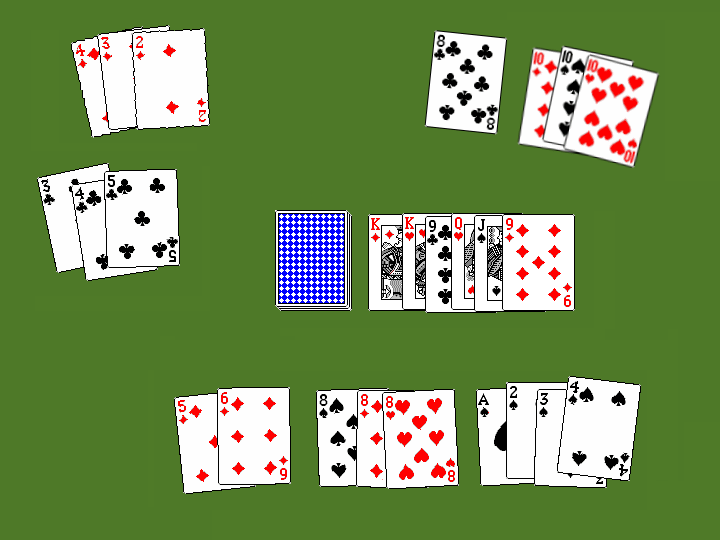
How Do You Play the Card Game Rummy 500? A Complete Guide
Rummy 500 is a classic and engaging card game that is enjoyed by players of all ages. With its mix of strategy and luck, it provides hours of entertainment for friends and family. If you’re looking to dive into the vibrant world of Rummy 500, this guide will help you understand the fundamentals of the game, the rules, and strategies to enhance your gameplay.
Objective of Rummy 500
The primary objective of Rummy 500 is to meld sets of three or more cards and accumulate points by the end of each round. The game continues until a player reaches an impressive score of 500 points. At this point, the player collects a sum from each opponent based on the difference in their final scores. Essentially, it’s about creating melds while minimizing the points left in your hand.
What You Need to Play
To get started with Rummy 500, you will require:
- A standard 52-card deck
- Two jokers (optional but commonly used)
- A minimum of two players (though the game can support up to eight players)
- A pen and paper for scorekeeping
Setting Up the Game
-
Deal the Cards: Shuffle the deck thoroughly. Each player is dealt a total of 7 cards, while the remaining cards form the draw pile, placed face down. Flip the top card of the draw pile to start the discard pile.
-
Card Values: It’s important to know the value of the cards:
- Number cards (2-10) are worth their face value.
- Face cards (Jacks, Queens, Kings) are worth 10 points each.
- Aces can be worth 1 or 15 points, depending on how you choose to play.
- Jokers can be used as wild cards, representing any card in the deck but usually score a fixed value when melded.
Game Play
Starting the Game: The player to the left of the dealer goes first. Players take turns in a clockwise manner.
-
Drawing Cards: On your turn, begin by drawing a card from either the draw pile or the top card from the discard pile. If you choose to take from the discard pile, you must meld it immediately with your existing cards.
-
Melding Cards: The goal is to form melds, which consist of sets or runs.
- Sets: A collection of three or more cards of the same rank (e.g., three 5s).
-
Runs: A sequence of three or more cards in the same suit (e.g., 4-5-6 of Hearts).
-
Discarding Cards: After you have drawn and melded, end your turn by discarding one card onto the discard pile. Ensure to discard a card that minimizes points in your hand, especially if you think other players might pick it up.
-
Going Out: A player can “go out” and end the round if they can place all their cards in melds, with one card remaining to be discarded. This ends the round, and points are calculated.
Scoring
At the end of each round, players tally their scores:
- Melded Cards: Total the points of all cards that are in melds on the table.
- Unmelded Cards: Subtract the points of cards that remain in your hand from your total score.
The player who goes out first receives points based on the differences in scores from other players, giving them an edge in the game.
Strategies for Success
- Observe Opponents: Keep an eye on the cards your opponents are picking up or discarding. This can provide insight into their melds and strategies.
- Meld Early: Try to meld sets early in the game to lower the potential points in your hand if another player goes out.
- Manage Your Hand: Focus on discarding high-point cards that are unlikely to form melds. Holding onto lower-value cards can help you minimize losses.
Conclusion
Rummy 500 is a game of skill, strategy, and a bit of luck that promises endless fun. Familiarizing yourself with the rules and honing your tactics will enhance your experience and enjoyment of this classic card game. Whether playing a friendly match or a competitive round, remember to keep the spirit of camaraderie alive, and most importantly, have fun! Happy playing!
